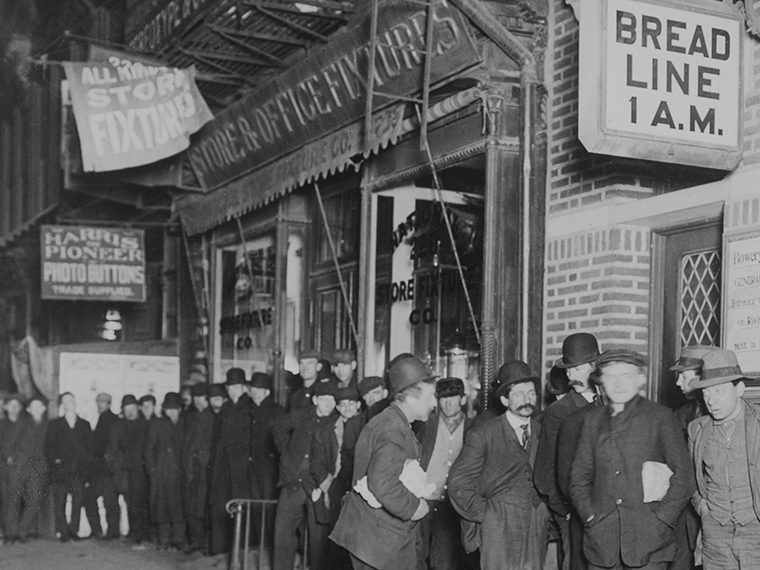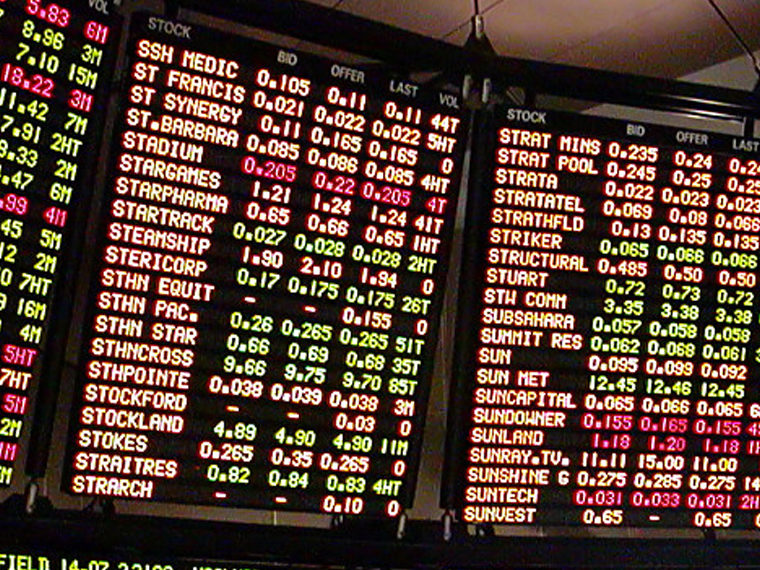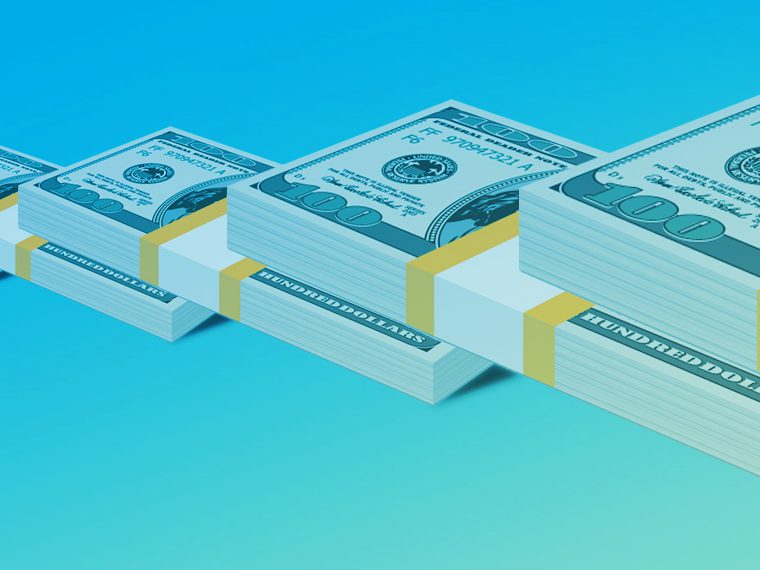Less sophisticated investors reveal their sentiment in certain trades, and a 20-year study measures it company by company
Tough day at the office, but at least you got a sweet stock tip from a colleague. After dinner, you log on to your brokerage account and enter an order: buy 200 shares at the opening of the market.
If you’re part of a herd of individual investors turned on to a stock, the company’s shares could very well open higher in the morning — on the strength of those overnight buy orders. That gain from the prior day’s closing price is known as the overnight return. And a paper published in the Journal of Financial and Quantitative Analysis uses the overnight return as a measure of sentiment to find shares temporarily overpriced or underpriced.
Sentiment here isn’t a compliment. You might also call it less-informed investing, going with your gut; the cynics on Wall Street would say, “Dumb money.”
Opt In to the Review Monthly Email Update.
Most stock market trading is directed by very unsentimental actors: quantitative analysts following a well-researched and disciplined algorithm. They only wish there was more crazy emotion in the market because crazy emotion, or sentiment, creates market inefficiencies — stocks selling below or above their value. And that’s opportunity for rational investors.
Researchers have in the past identified measures of market-wide sentiment. But a reliable gauge of company-level sentiment has been harder to develop.
Previous research has shown that retail investors tend to place orders after the market has closed, meaning they are executed at the next day’s open. So, UCLA Anderson’s David Aboody and Brett Trueman, UC Berkeley’s Omri Even-Tov and University of Michigan’s Reuven Lehavy tracked overnight returns from mid-1992 through 2013. For each December in that period, they grouped all stocks trading for at least $5 into deciles ranked by average percentage overnight return for the month, an indication of overnight buy orders.
The researchers found that, over the following 12 months, the stocks in the highest decile of overnight returns in the short term “significantly” underperformed the stocks in the lowest decile of overnight returns. The implication is that misplaced excitement over stocks often led investors to overprice those shares in the short run, leading to disappointing returns as that excitement wore off.
Using a strategy employed by many sophisticated investors, the authors tallied what the 12-month returns would be if they bought all the stocks in the lowest decile of overnight returns while “shorting” (a bet on falling prices) all the stocks in the highest decile of overnight returns. Result: The combined portfolio produced an “abnormal” annualized return of 7.4 percentage points, meaning, the strategy earned 7.4 percentage points more than what would have been expected from the stocks based solely on market fundamentals.
Sentiment tends to collect in certain kinds of stocks. For example, the authors found that short-term persistence of high overnight stock returns (again, from the placing of orders after markets closed) was stronger for shares of “harder-to-value firms” than for big-name issues. The study defines harder-to-value firms as those that are “more volatile, smaller, younger and less profitable” — traits that often attract small investors hoping for a hefty payoff.
Strong short-term persistence of high overnight stock returns also was greater for firms with relatively low levels of ownership by large institutional investors such as pension funds, the study says. That underlines the idea that the stocks attracting overnight buy orders tend to be those pursued by emotion-driven individual investors, rather than issues favored by more methodically analytical institutional investors.
For institutional investors, the research could be a valuable tool for identifying mispriced stocks. The analysis and disciplined trading required to make use of this data, however, seems beyond nearly all individual investors. But there is a lesson here for the individual: Most professional stock pickers fail to beat the S&P 500 return, so you’re unlikely to beat the market, too. And if you try, you might just show up as sentiment.
Featured Faculty
-
David Aboody
Professor Emeritus of Accounting
-
Brett Trueman
Professor Emeritus of Accounting; Lee and Seymour Graff Endowed Professorship
About the Research
Aboody, D., Even-Tov, O., Lehavy, R., & Trueman, B. (2018). Overnight returns and firm-specific investor sentiment. Journal of Financial and Quantitative Analysis, 53(2), 485–505. doi: 10.1017/S0022109017000989






